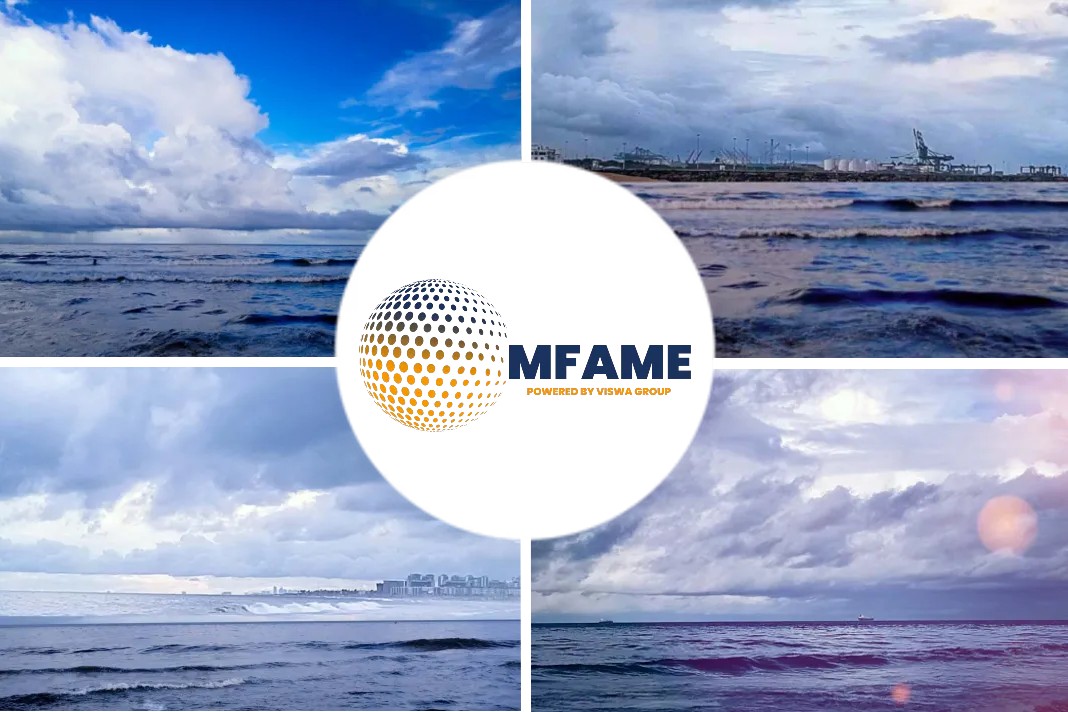- LPG marine fuel is available for diesel engines to be retrofitted.
- This will aid a transition to zero-emissions shipping in the future.
- The vessels can then transition to carbon-neutral bio-LPG or zero-emissions ammonia.
- Specialists in ship propulsion outlined the benefits of investing in LPG as a marine fuel.
- LPG is the best choice for bunkers for its environmental performance to meet IMO 2020.
According to an article published in Riviera Maritime Media and authored by Martyn Wingrove, LPG marine fuel is available now, diesel engines can be retrofitted to burn it.
Transition to a zero-emissions shipping
This move will aid a transition to zero-emissions shipping in the future, say industry experts
The vessels can then transition to carbon-neutral bio-LPG or zero-emissions ammonia in the long term, said industry experts during Riviera Maritime Media’s Marine Fuels: LPG webinar.
The final webinar in Riviera’s Marine Fuels Webinar Week was run in association with the World LPG Association (WLPGA).
Benefits of investing in LPG as a marine fuel
Specialists in ship propulsion outlined the benefits of investing in LPG as a marine fuel, discussing the viability of LPG as a marine fuel and its credentials for future-proofing fleets.
Covering costs of retrofitting ships, price of fuel, infrastructure for LPG bunkering and industry uptake so far, the panelists also spoke about safety and technical aspects of the fuel, its energy density, and the cost of producing LPG.
WLPGA technical director Nikos Xydas, BW LPG executive vice president for technical and operations Pontus Kristofer Berg and MAN Energy Solutions promotion manager and business development for dual-fuel engines Peter Kirkeby made up the panel of speakers.
More shipping companies to opt for a retrofit
Mr. Xydas said he expects more shipping companies to retrofit vessels and order new ships with LPG fuel for environmental, technical, and commercial reasons.
“LPG is the best choice for bunkers for its environmental performance to meet IMO 2020 regulations and IMO 2050 strategy,” he said, name-checking IMO’s strategy to cut greenhouse gas emissions by at least 50% by 2050.
“Compared with other alternative fuels, LPG needs much lower investment, it is easy to handle and is available everywhere,” said Mr. Xydas. “It is here today to help clean air now. There is no high investment, no need for cryogenics – it is a proven technology now available.”
BW Group joins the bandwagon
BW Group is already convinced of the fuel’s merits and is becoming a leader in adopting LPG as a marine fuel. It will begin retrofitting up to eight LPG carriers, with four more expected in the future, from August 2020 to use LPG as secondary fuel, according to Mr. Berg.
“LPG has significant economic and environmental benefits,” he said. “It is tested and working with high energy content. LPG is a sensible investment that is easy to handle and cost-competitive.”
Mr. Berg recommended shipowners retrofit ships to LPG fuel instead of ordering new buildings. “By installing this new technology on the existing fleet, these retrofits generate less CO2, so the environmental payback is six months,” said Mr. Berg. “The carbon footprint of a retrofit is much smaller than new construction. Retrofitting existing ships is our given choice.” BW will install MAN’s LPG-burning dual-fuel engines on its ships.
Built from scratch with LPG dual-fuel engines
Mr. Kirkeby said MAN has a growing reference list of ships being retrofitted or built from scratch with LPG dual-fuel engines. These engines are based on diesel principles and can burn varieties of LPG chemistry as long as the maximum amount of ethane (with two carbon atoms and a single bond) is 25% and there is no less than 75% of either propane (with three carbon atoms) or butane (four carbon atoms).
“We gained type approval for our 6G60ME engine in January 2020 and we will retrofit BW’s carriers from August 2020,” said Mr. Kirkeby. “The engine technology is here, tested, and classed. We are ready to deploy [LGIP engines] in many ship sizes and types,” he said.
The majority of attendees (71%) of the webinar thought crude oil tankers would be the next to ship type to adopt LPG as a fuel within the next five years, due to LPG engines’ ability to burn volatile organic compounds (VOCs) that are emissions from oil cargo. Another 16% thought chemical tankers would be the next to ship type and 13% said container feeder ships.
Ease of storage and logistics of LPG
Attendees were asked what is the main driver is for using LPG as the next marine fuel. Around 63% said it was the ease of storage and logistics of LPG over alternatives. Next was the cost of operation (23%) followed by the cost of capital (14%).
The audience was asked whether they agree or disagree with the statement that LPG will become a preferred alternative marine fuel soon. Although 37% were unsure, 21% agreed and 15% strongly agreed, versus 21% disagreeing and 6% in strong disagreement.
Challenges faced by the industry
There are still challenges for the industry to overcome before LPG is more widely used as a marine fuel. Attendees were asked for their main concern for adopting LPG for bunkering. 28% said supply and bunkering infrastructure and another 27% said economics and payback. 19% thought it was technical and safety challenges, 17% said engine availability, and 9% thought it was the regulatory framework.
Did you subscribe to our daily newsletter?
It’s Free! Click here to Subscribe!
Source: RivieraMaritimeMedia






















